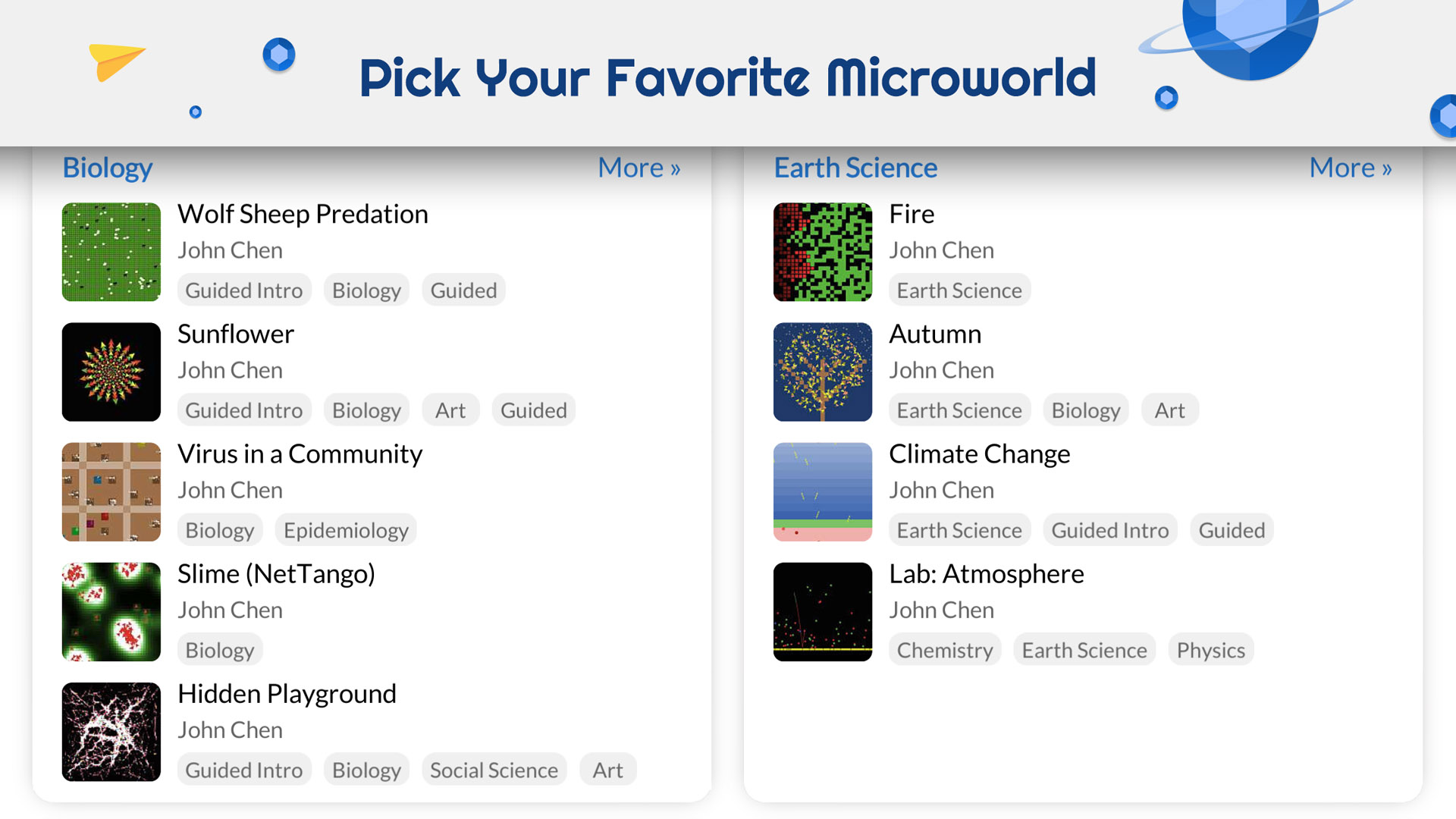

The ratio between Initial energy and the amount of energy obtained from each cell as it is consumed dictates both initial and ultimate populations of both grass and turtles. And, as you found, you cannot mix the contexts together. If it sees a procedure only uses turtle commands and variables, then you can use that procedure only in a turtle context. Is the emergent pattern sensitive to the initial population size? NetLogo tries to be smart about detecting which context (turtle, observer, patch, or link) a user-defined procedure can execute with. Create one turtle in the middle point of e1 - e2 and report it let rep 0 crt. But now, turtles are reproducing at a much faster rate and maintaining a population around 800. This algorithm handles only generate a map of heights above a defined level. Grass populations remain low throughout the model yet reproduce.

Many more turtles are existing at a given point in time because because each cell of grass consumed yields an individual turtle with 15 more points of energy in comparison to the previous scenario. When initial birth energy is still high (68) but energy-from-grass has been raised to 25 a new pattern emerges. At this point, each cell of grass contributes less to each turtle’s total energy resulting in a slower reproduction rate and less decline on the grass population. When initial birth energy is set high (68) and energy-from-grass remains low (10) grass populations fall drastically. Within the “reproduce” procedure, it is written that when a turtle’s individual energy level is greater than its initial energy level at birth the turtle will reproduce one turtle into the world. The “birth-energy” parameter endows each turtle with a given amount of energy prior to consuming their first grass cell. How does the “birth-energy” parameter influence the emergent patterns observed in the model simulation? However, with no alteration of a relatively low “birth-energy” (8) both turtle and grass counts stabilized, replacing each other at a near 1:1 ratio. run the changed procedure using the setup button 3. When “energy-from-grass” was set at 8 (low) turtle counts immediately dropped. change setup as given below to setup clear-all create-turtles num-turtles end 2. Yet, the turtle count then stabilized because each grass cell had high energy content and was able to reproduce quickly. Turtle count dropped in response to the grass population. When “energy-from-grass” was set at 50 (high) turtles immediately sky-rocketed in population, however, grass was then consumed to near extinction levels, remaining at that population for the remainder of the model.

Thus, more turtles will reach the energy capacity in order to continue forward and consume yet another cell of grass. When “energy-from-grass” is set too high in relation to the initial count of turtles, energy accumulated will be collectively greater across all consuming turtles. The “energy-from-grass” parameter will dictate how much energy one turtle accumulates after consuming one “grass” cell. How does the “energy-from-grass” parameter influence the emergent patterns observed in the model simulation?
#Create turtles netlogo movie
User-message (word “Exported movie to” path) User-message “First, save your new movie file (choose a name ending with. Orlando: Academic Press.Create-turtles number set-default-shape turtles 'person' create-turtles number choose-sex become a man or a woman set size 3 be easier to see set my-group-site. A primer on selected modeling and analysis techniques. Most NetLogo models put the origin (0,0) in the center of the world, but here, we have placed the origin near the right edge of the world and most of the patches have negative X coordinates. Journal of Mathematical Sociology, 1, 143–186. Brought to you by the same team that created Physics Lab, a physics.

By default, Netlogo creates each turtle with a uniformly distributed. Turtle Universe supports most NetLogo, NetLogo Web, and NetTango models out-of-the-box. On time flow mechanisms for discrete system simulation. patches and reset ticks) create 4000 turtles, and set those turtles to random locations. Proceedings of the 2008 Winter Simulation Conference (pp.101–113). Agent-based modeling and simulation: ABMS examples. Advances in Computer Games, 11th International Conference (pp.143–186). Simulation, modeling and analysis (4th ed.). Mathematical games: The fantastic combinations of John Conway’s new solitaire game “life”. Accessed 17 July 2018.īeeker, E., & Koehler, M. Accessed 17 July 2018.īeeker, E., & Koehler,M. MITRE Technical Report.īeeker, E., & Koehler,M. Beeker, E., Bergen-Hill, T., Henscheid, Z.


 0 kommentar(er)
0 kommentar(er)
